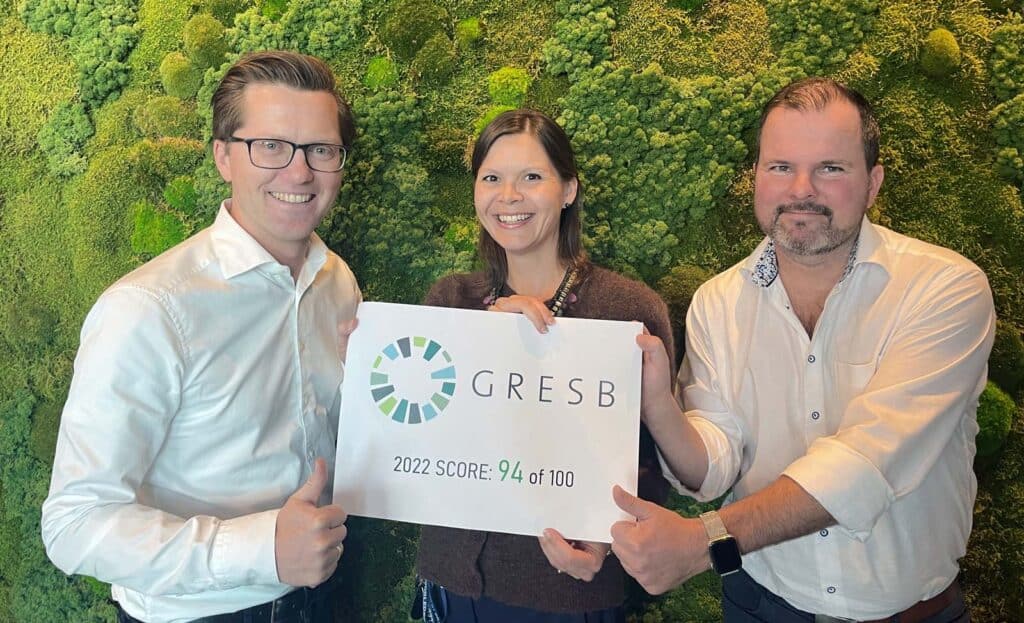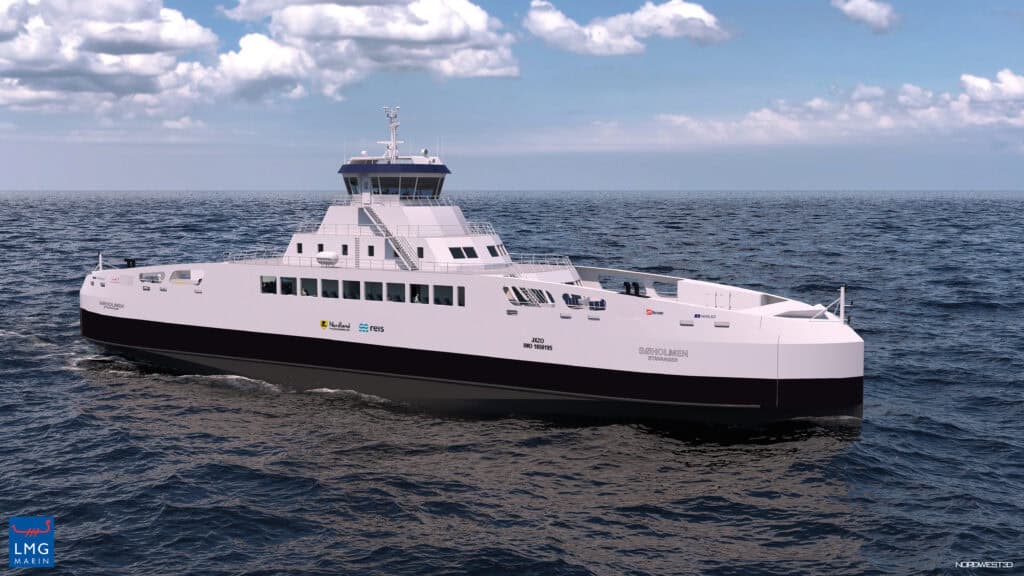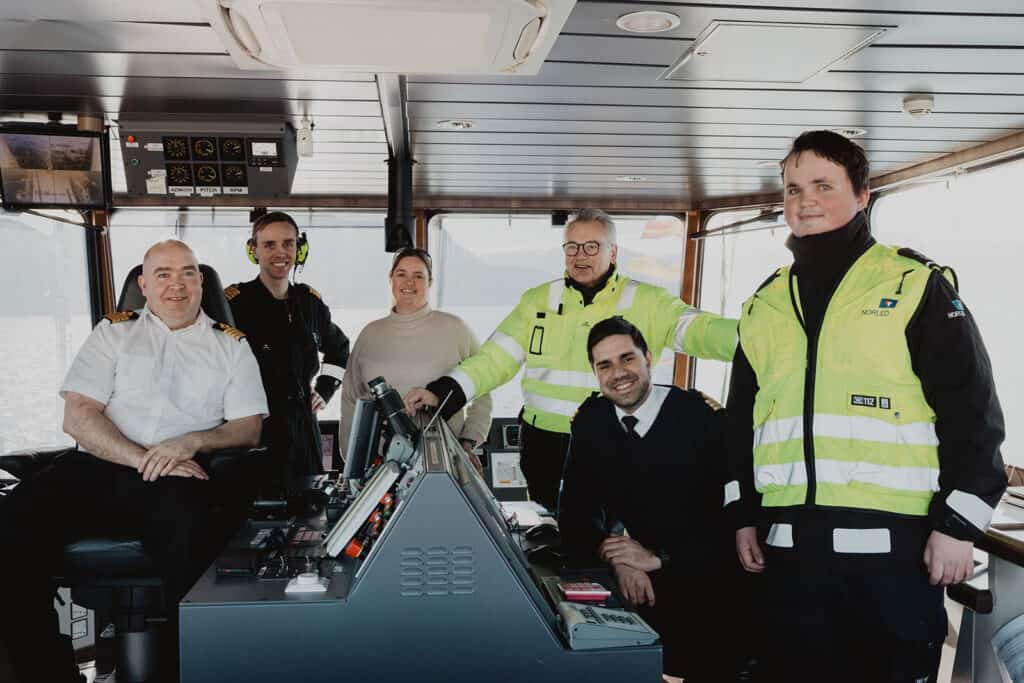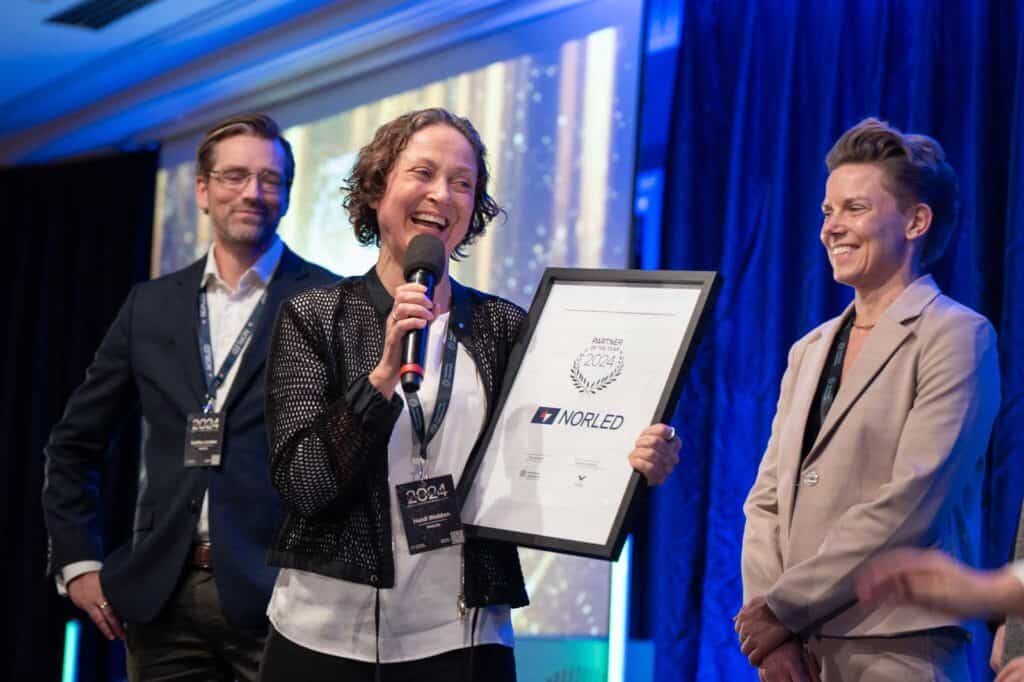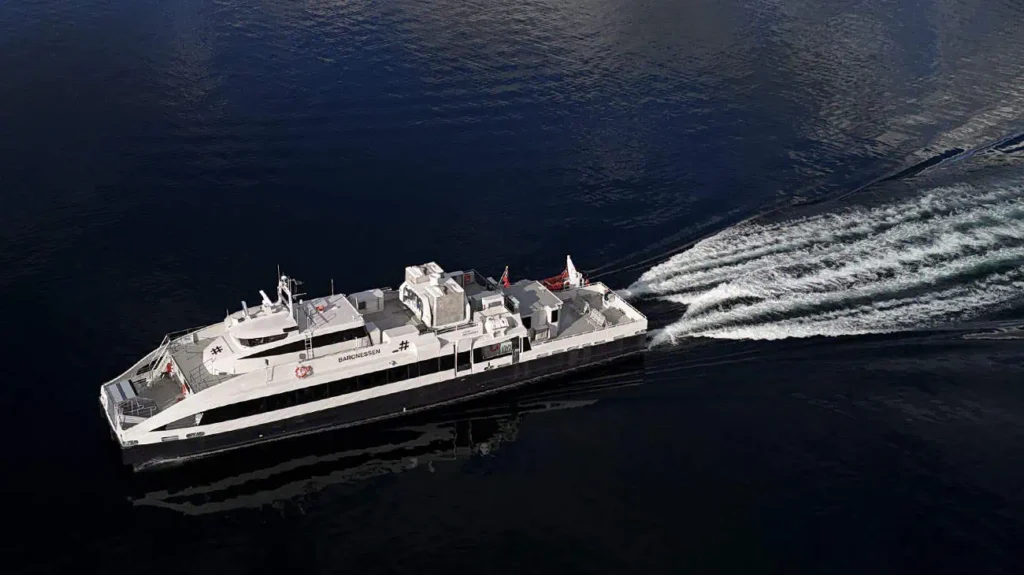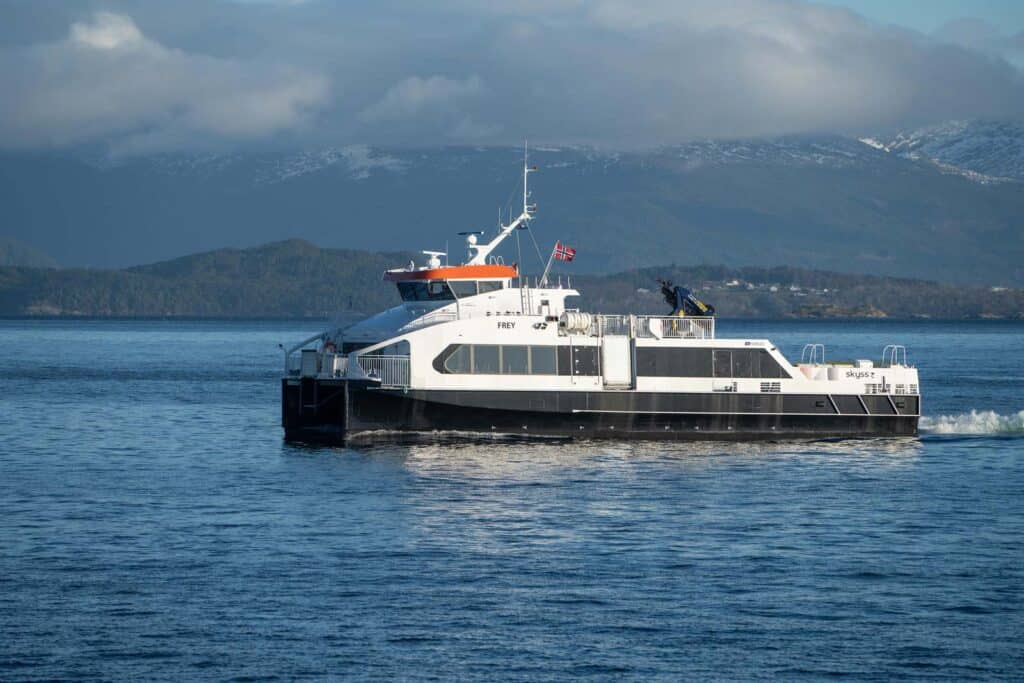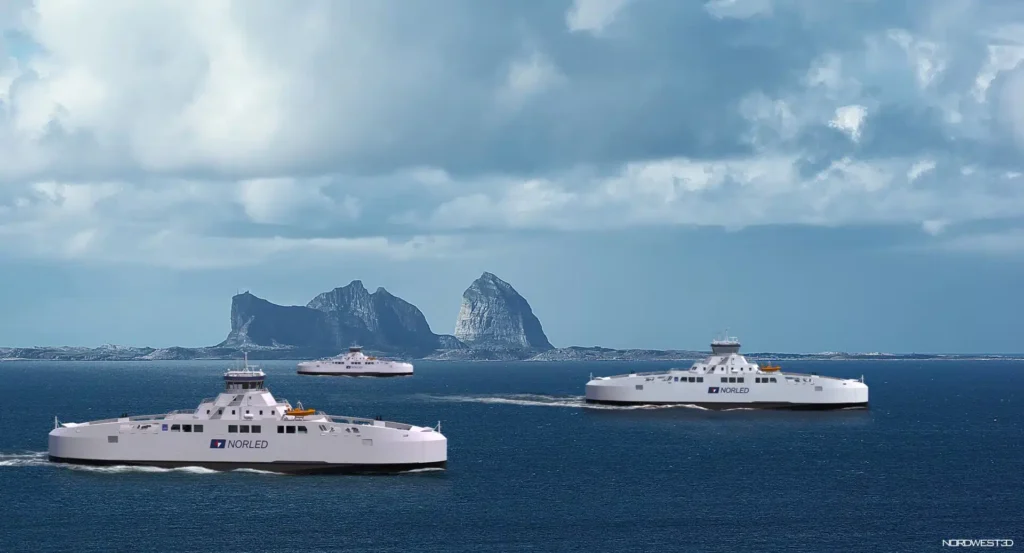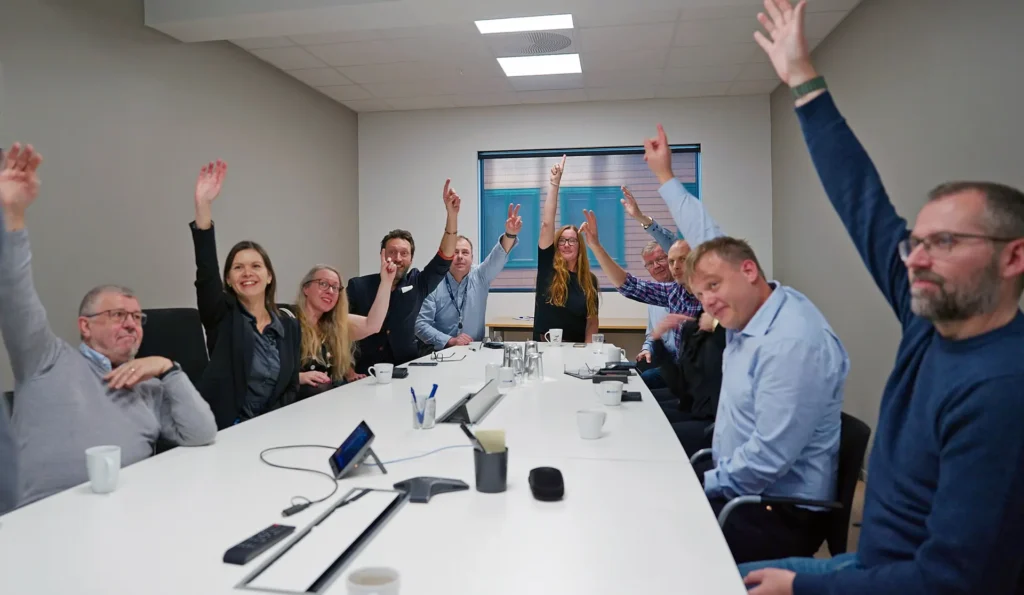Norled gets top marks in sustainability measurement by renowned GRESB
Norled has climbed to the top of GRESB’s annual survey of how companies measure and follow up on sustainability in the “Other Transport” category.
During 2022, Norled has doubled its total score in GRESB from 47 points out of 100 in 2021 to 94 out of 100 points in 2022.
– These are fantastic results and show that it pays to organize sustainability work well. In 2021, we developed a sustainability strategy and a sustainability program that we are now working towards. We have an internal working group that has really worked hard to achieve these results, and many employees in our organization have contributed to the process,” says Commercial Director Lars Inge Vågen, who is responsible for sustainability at Norled.
The work of setting goals for 2030 and structuring the GRESB work is led by project manager Hilde-Kristin Sæter together with Harald Inge Vestbø and Lars Inge Vågen.
-“It’s great to get such a good score after a lot of work in the project group and important contributions from several parts of the company such as Quality, Health, Safety and Environment, HR and from our vessels that, among other things, report energy consumption,” says Hilde-Kristin Sæter.
The target for 2022 was 75 points. With a result of 94 percent, we can only cheer. However, there are still 6 points to chase.
-“We’re continuing to update our guidelines and conducting new risk assessments related to how various sustainability initiatives affect the company. In addition, there will be more requirements related to the Transparency Act that we must follow up,” explains Hilde-Kristin.
About GRESB
The GRESB organization annually assesses how well large and small infrastructure companies around the world are doing on a number of sustainability indicators. The assessments are based on a number of internationally recognized reporting standards such as GRI, PRI, SASB, DJSI, TCFD recommendations, the Paris Agreement and the UN Sustainable Development Goals in addition to regional and national guidelines. The comprehensive analysis goes through documented answers to a number of questions from more than 1,500 companies internationally.
